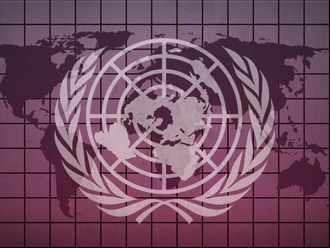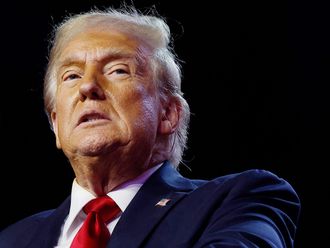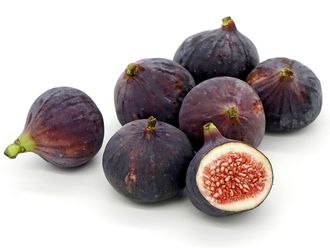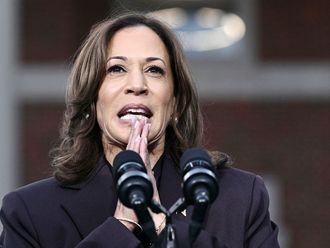In 2007, the US State Department asked me to go to South Africa to meet with leading newspaper editors. With the 2010 World Cup looming, they wanted to hear the experience of an editor who had managed coverage of a major sports event, as I had in Salt Lake City with the 2002 Winter Olympics.
It helped that I had some knowledge of South Africa. I began my journalistic career in that country. Years later, The Christian Science Monitor based me there for six years as its Africa correspondent.
When I visited in 2007, I found a country drastically changed from the one I had known in the days of racial segregation and apartheid, when a white minority basically suppressed the black majority.
White-only government had been supplanted by the black-majority government of the African National Congress. There was upward mobility for black Africans in government, commerce, and journalism.
And then-president Thabo Mbeki was continuing to preach goodwill and partnership between the races, following the model set by his predecessor, Nelson Mandela, who emerged unembittered after 27 years in prison. But it was also a country with dangerous levels of crime, and unfulfilled expectations of millions of blacks still living in shanty towns.
Black and white newspaper editors and TV directors expressed concern that the infrastructure needed to handle hundreds of thousands of World Cup visitors could not be ready by 2010. Airports needed to be remodeled, hotels built, rail lines laid, ambitious stadiums constructed in different cities.
There were questions as to whether huge, crowded multiracial gatherings of blacks and whites could take place without violence. (There was concern, too, that the government would exert subtle pressure on media outlets to produce only ‘happy journalism' and downplay the problems.)
As we learned in 2010, the fears proved groundless.
Splendid show
With more than $5 billion spent on preparations, the facilities were more than adequate. Transportation and lodging were abundant. Crime at the various venues was controlled. International TV showed cheering multiracial crowds in fabulous stadiums, against backgrounds of stunning South African scenery. It was a splendid coming-out for the new South Africa.
With the festivities over, the question now is whether the government can make a serious dent in urban crime, tackle corruption, lessen poverty, and shape South Africa as a model for a continent wracked by economic and political problems.
As David Fanning, a white South African and retired editor and columnist for one of the country's major newspapers, puts it: "We need to capture some of the wonderful patriotic spirit and bottle it for future use ... It is time to ask why sport seems able to bring the nation together. Why are there such huge national differences when it comes to issues like race, politics, and economics?"
South Africa's challenges are compounded by the presence of several million, often-illegal, refugees from elsewhere in Africa, especially Zimbabwe. Though South Africa has its own poor, its economy is the largest in Africa and thus attracts the dispossessed from elsewhere on the continent.
Although South Africa expressed a certain pan-African loyalty during the World Cup, cheering on Ghana when the South African team was eliminated, that does not preclude tension and sometimes violence between individual black South Africans and arrivals from other African countries competing for jobs.
Another potentially worrisome development for South Africa is the intrusion of Al Qaida-style terrorism, until now confined to the continent's north, into southern Africa, specifically Uganda.
On July 11, the militant group Al Shabab killed 74 soccer fans watching the World Cup final on television in Uganda's capital, Kampala. This could presage the further movement of terrorism south of the Sahara, which some intelligence officials have long predicted. That is a development of which South Africa must be wary.
John Hughes, a former editor of the Monitor, writes a biweekly column.









